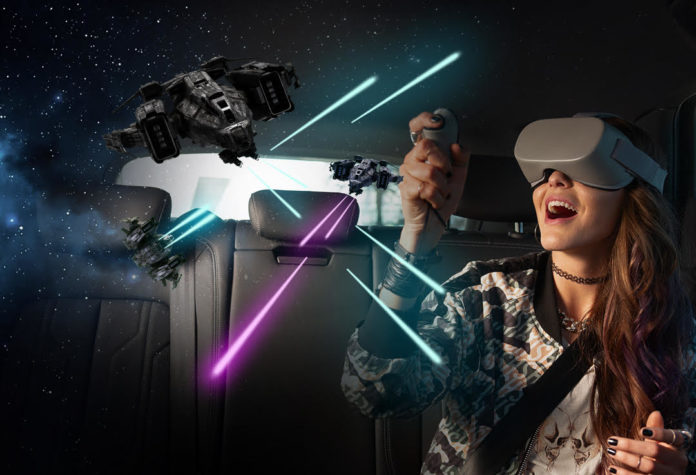
Autonomous vehicle technology has promised to solve a lot of the world’s travel-related ills. It could help regulate the flow of traffic, rerouting vehicles around trouble spots and accidents. It could save on driver fatigue, reduce driving under the influence, and help people feel safer when getting into a taxi at night. It could reduce energy consumption, prevent crashes, protect pedestrians and reduce demand for traffic cops. So aside from putting taxi drivers and traffic cops out of business, what’s the biggest incipient problem that self-driving cars will create?
Boredom, apparently.
Audi, Nissan and other automakers are now focusing some of their efforts on how they plan to entertain vehicle occupants now that they no longer must navigate, drive or watch out for rogue drivers make illegal U-turns.
“Once customers do not need to drive anymore…then the question is what kind of things can we offer to customers inside this car,” Boris Meiners, senior director of Audi China’s Digital Business and Customer Experience, told Reuters on the sidelines of the CES Asia technology tradeshow in Shanghai last month.
Holoride, which was co-founded by Disney and an Audi subsidiary, thinks virtual reality is the answer. To pass the time in the vehicle, occupants can enter a virtual reality immersion environment. The car’s movements can become part of the virtual reality experience, and a sharp left turn, for example, could become a turn on a rollercoaster, a change in direction during a walking adventure in a faraway city or a bend on the road in the Tour de France.
At the Consumer Electronics Show in Las Vegas in January, Holoride demonstrated a virtual reality experience called “Rocket’s Rescue Run,” based on Marvel’s “Avengers” movie franchise. Wearers of the virtual reality headset were raced through space with Marvel characters, dodging enemy ships and shooting at asteroids alongside Iron Man.
Disney and Audi aren’t the only companies banking on virtual reality. At the Shanghai show last month, Nissan demonstrated a set of virtual reality goggles that could deliver real-time information (“There’s an accident ahead causing a slowdown, guys!”) from a talking cartoon character.
“We want to fulfill people’s emotional needs,” said Tetsuro Ueda, expert leader at the Nissan Research Center, told Reuters. “Rather than the driver, we want to focus on the riding experience for all passengers, including the driver. Because when it comes to the stage of autonomous driving, the driver’s control is less and less, and the interaction with the surrounding passengers is increasing,” said Ueda.
Experts stress that there are still many challenges to immersive virtual reality in autonomous vehicles. These include how to precisely capture and interpret road geometry with sensors; compensation for vibrations, delays, and jitter; capturing driver movements with inward facing cameras; and development of the complex algorithms needed to generate precise augmentation content in the viewing field of the VR headset’s wearers.












